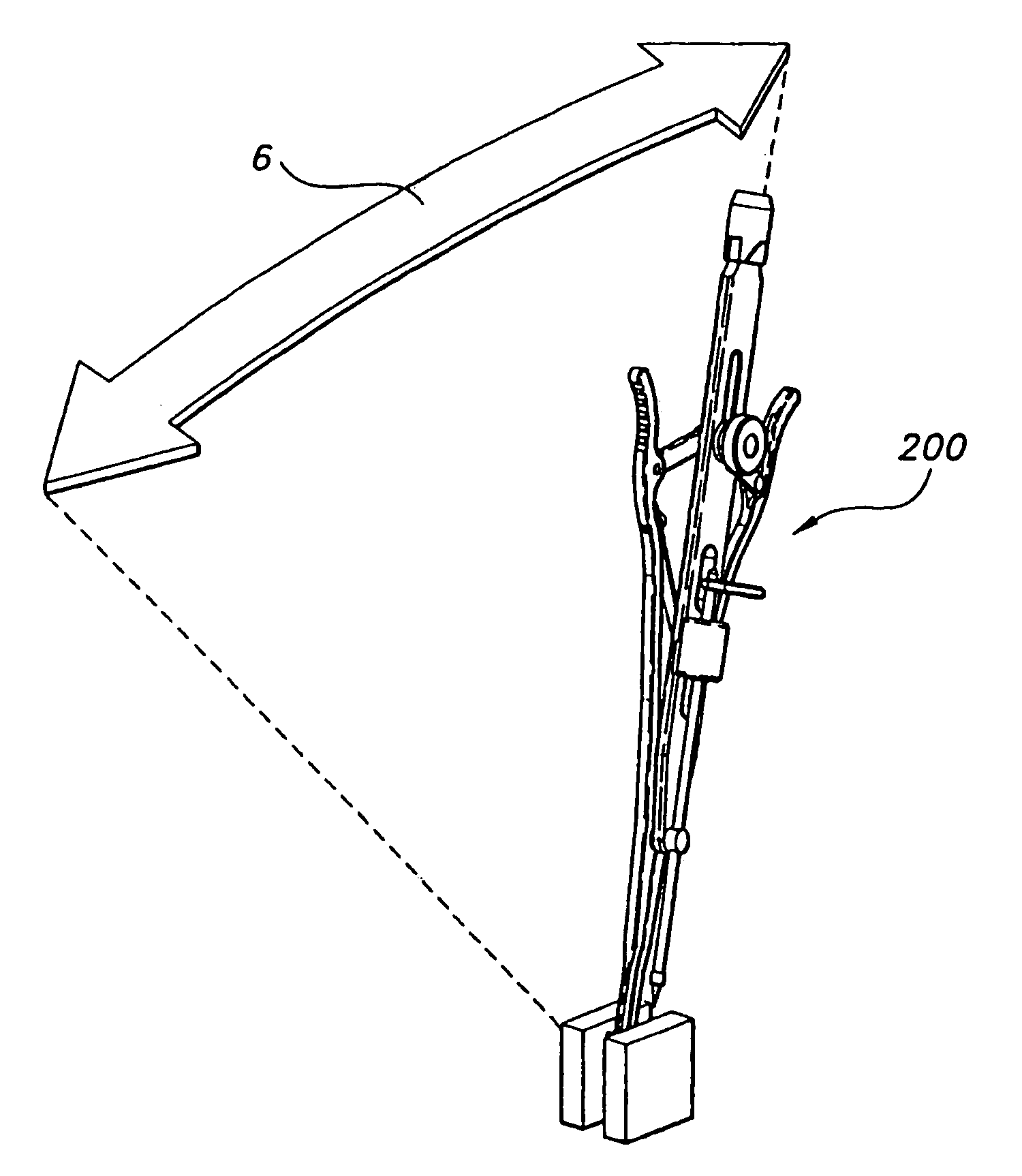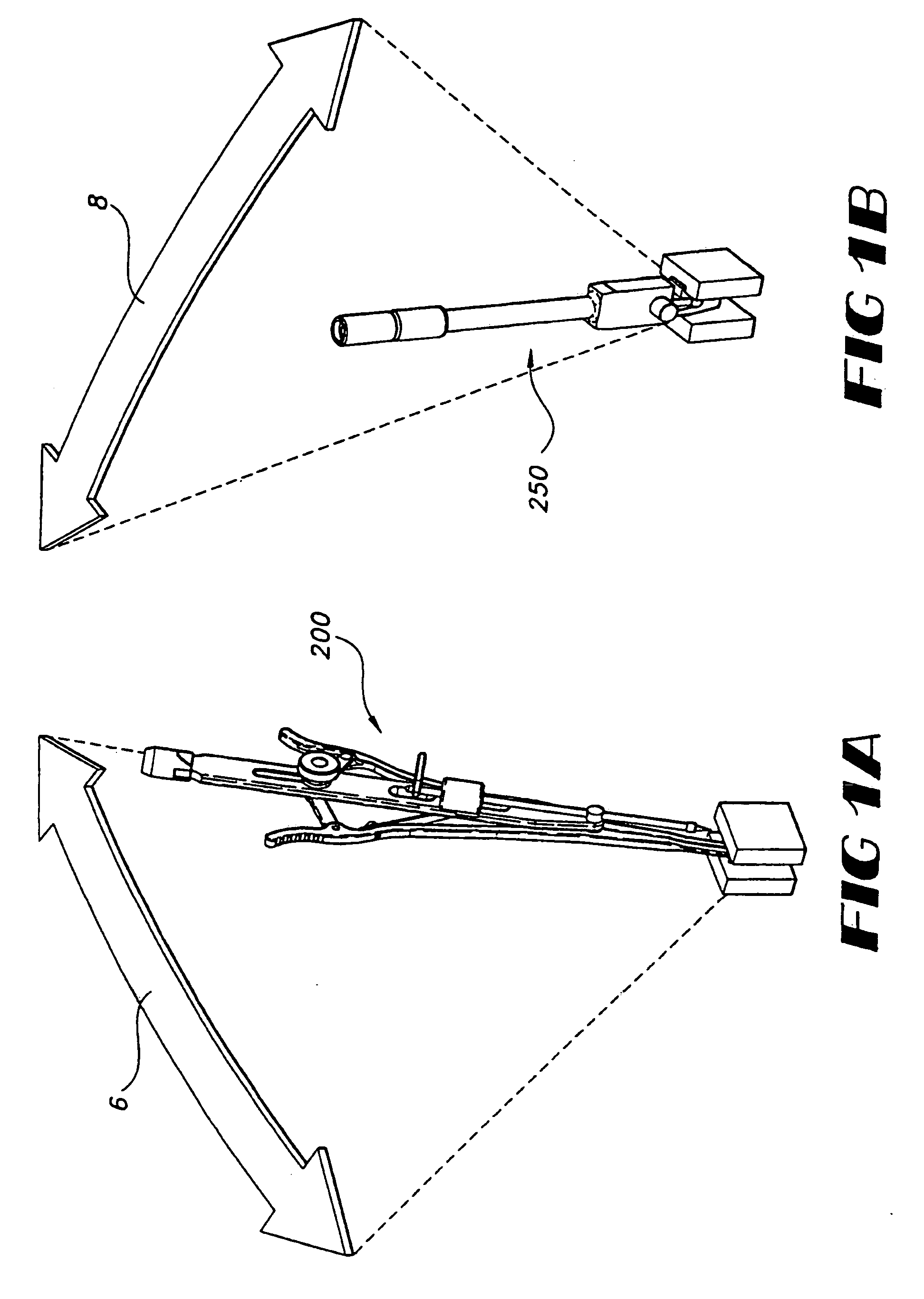Method and apparatus for stereotactic implantation
a stereotactic and implantation technology, applied in the field of stereotactic implantation instruments, can solve the problems of reducing the likelihood of additional surgery, and the probability of a successful procedure, so as to facilitate the precise placement of instruments, enhance the surgeon's ability to prepare the disc space, and enhance the surgeon's ability to position the shell
- Summary
- Abstract
- Description
- Claims
- Application Information
AI Technical Summary
Benefits of technology
Problems solved by technology
Method used
Image
Examples
Embodiment Construction
It will be understood from the description above that the techniques of this invention are applicable to a wide variety of surgical procedures where stereotactic precision is required. The described procedure and instruments generally provide a system and method for locating and targeting a precise location. The description that follows focuses on one embodiment of the invention, namely the implantation of an intervertebral endoprosthesis, and in particular, to the implantation of such an endoprosthesis in the intervertebral space between cervical vertebrae using an anterior approach. Those of skill in the art will recognize that the procedure described below can be varied or modified to be applicable to other spinal implants such as fusion implants or to other approaches, or to lumbar or thoracic vertebral implants, to implants in other parts of the body, such as hips, knees, elbows, or other joints, and to other procedures that do not involve implantation.
1. Brief Overview of P...
PUM
 Login to View More
Login to View More Abstract
Description
Claims
Application Information
 Login to View More
Login to View More - R&D
- Intellectual Property
- Life Sciences
- Materials
- Tech Scout
- Unparalleled Data Quality
- Higher Quality Content
- 60% Fewer Hallucinations
Browse by: Latest US Patents, China's latest patents, Technical Efficacy Thesaurus, Application Domain, Technology Topic, Popular Technical Reports.
© 2025 PatSnap. All rights reserved.Legal|Privacy policy|Modern Slavery Act Transparency Statement|Sitemap|About US| Contact US: help@patsnap.com



